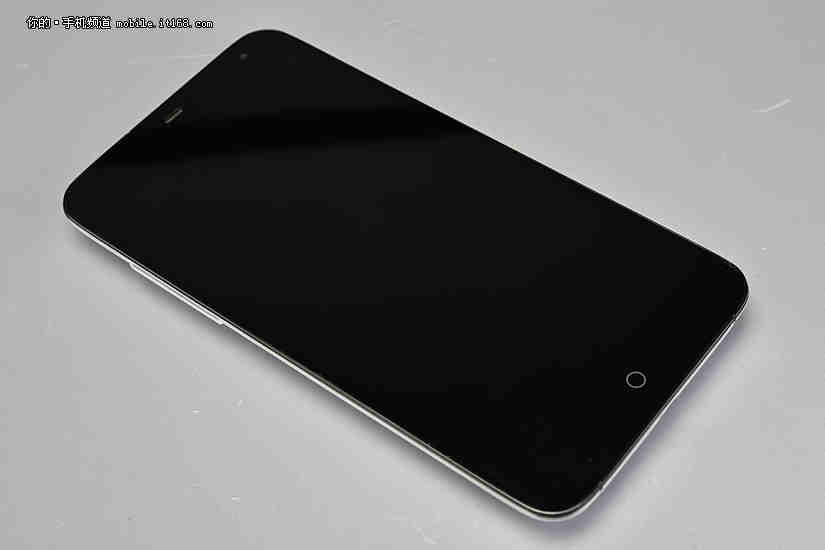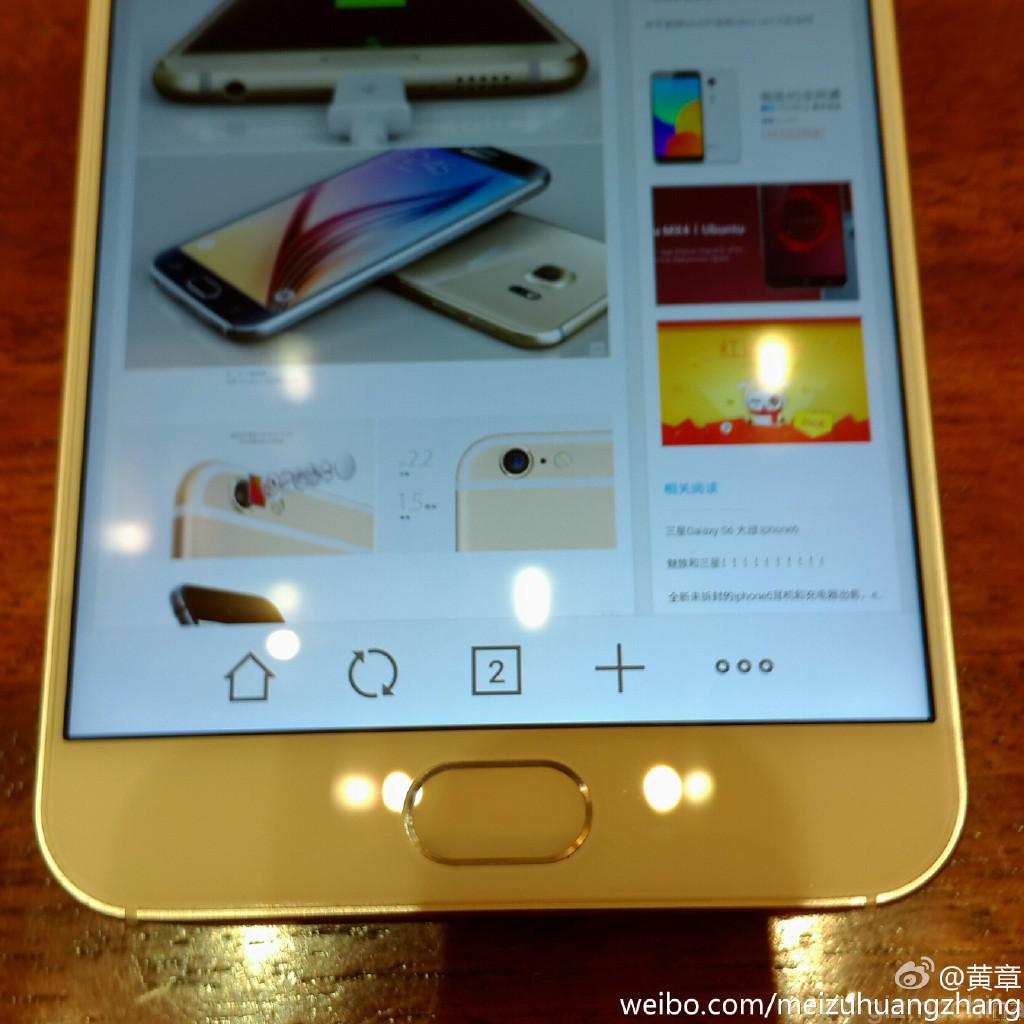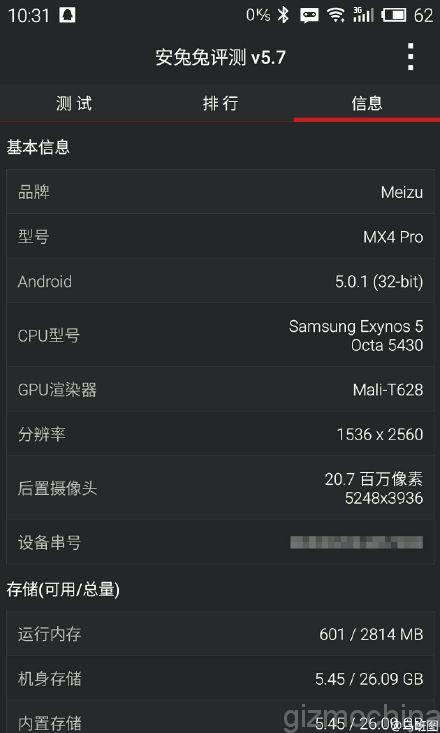Meizu has been releasing a smartphone every year since 2008, from the Meizu M8 to Meizu MX4, transforming from a MP3 manufacturer to a cellphone powerhouse. Here is a look at how far Meizu has gotten since the Meizu M8.
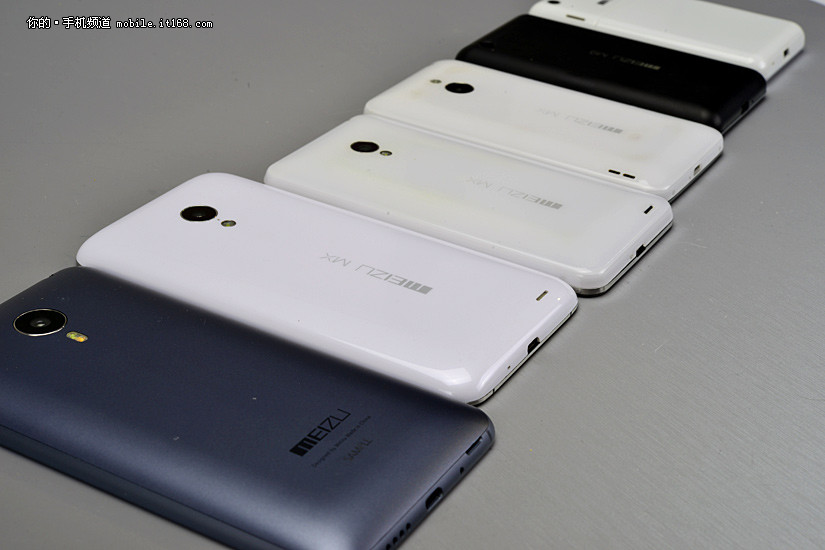
From the backs of all 6 phones, you can see that the designs of Meizu’s cellphones have changed constantly over the years, from a regular plastic rear case to the MX4’s furnished and polished rear case. Every year, the screens of Meizu’s phones have gotten bigger and bigger from the Meizu M8’s 3.4-inch screen to the Meizu MX4’s 5.36-inch screen.
Every year, the screens of Meizu’s phones have gotten bigger and bigger from the Meizu M8’s 3.4-inch screen to the Meizu MX4’s 5.36-inch screen.
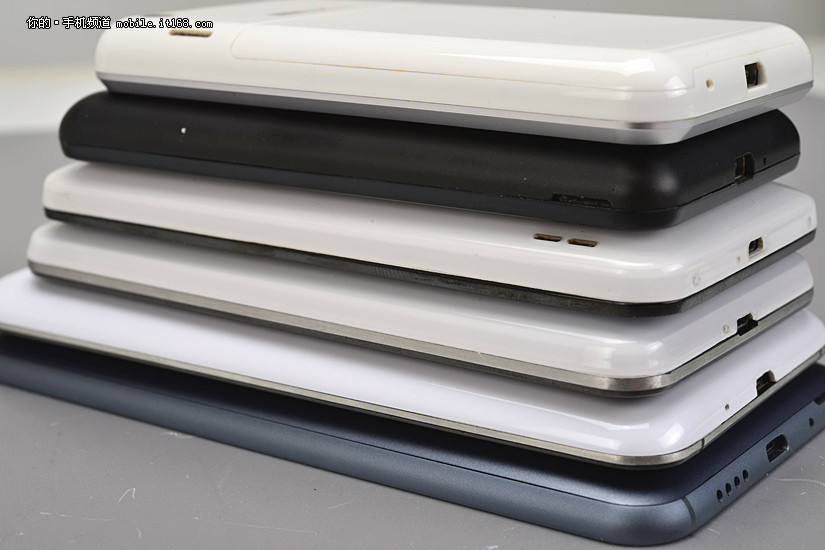
Meizu has been using metal chasses since the Meizu M8.
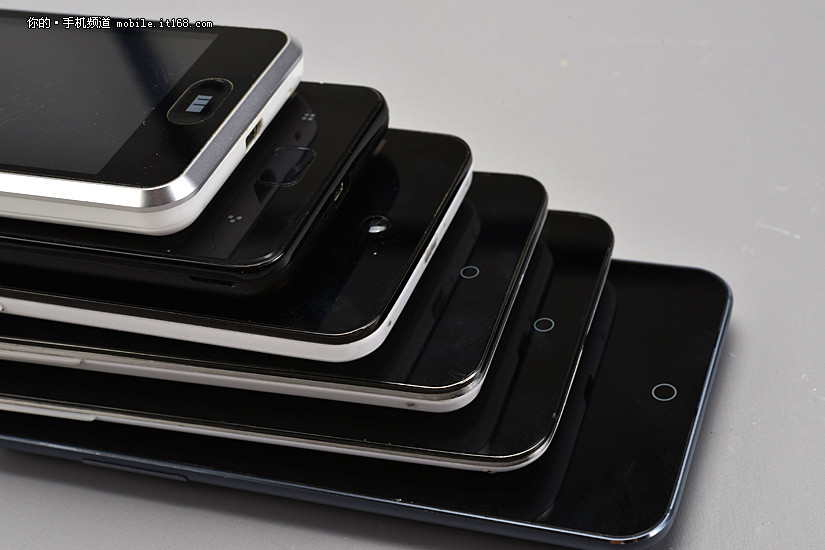
The design of the Home button of Meizu’s phones has also constantly changed over the years. The Meizu M8, Meizu M9, and Meizu MX all used physical Home buttons. From the Meizu MX2, the Home button has become a small round circle that you can simply touch to activate. It has since become a staple of Meizu’s phones.
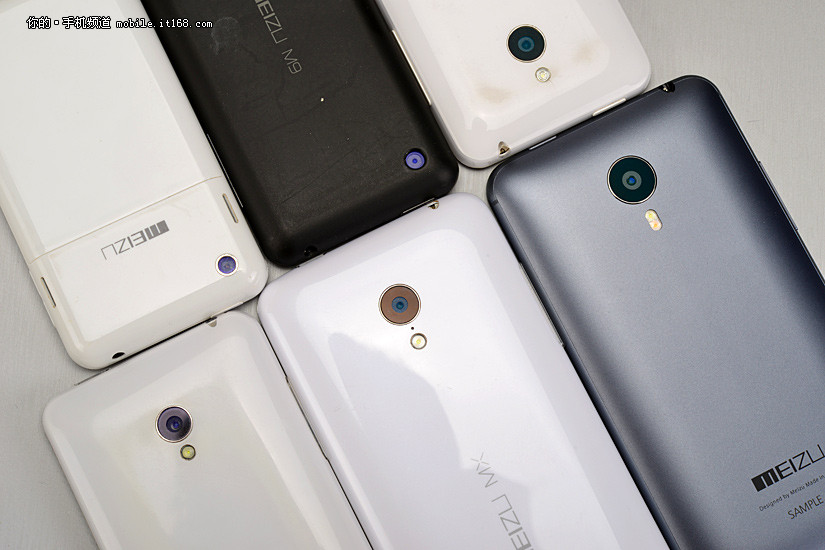
Except for the Meizu M8 and Meizu M9 whose rear cameras were located at the upper left corner, the rear cameras in Meizu’s phones are located at the top middle part.
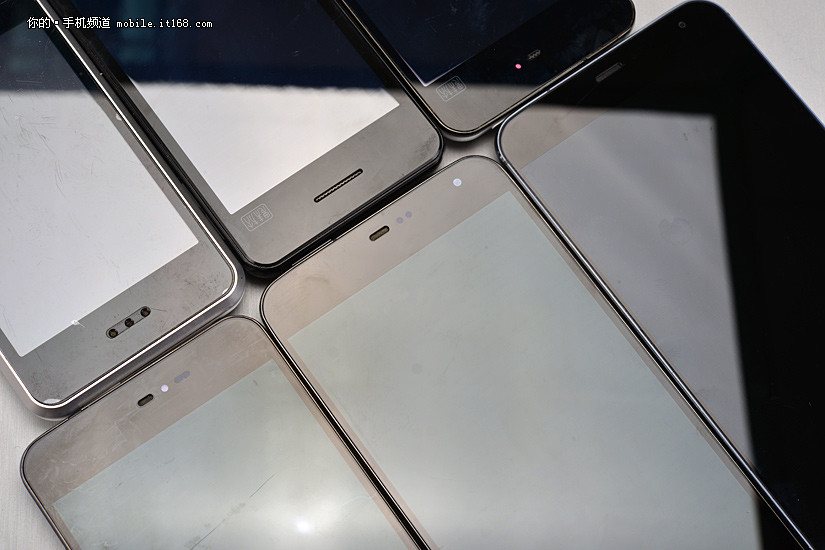
The Meizu M8 and Meizu M9 do not have front-facing cameras. Meizu only started adding one from the Meizu MX.

In all 6 phones, the speakers are not located at the back which can cause the user to block them when he puts down the phone.
Only the Meizu M9 and Meizu MX have the Chinese character logo.
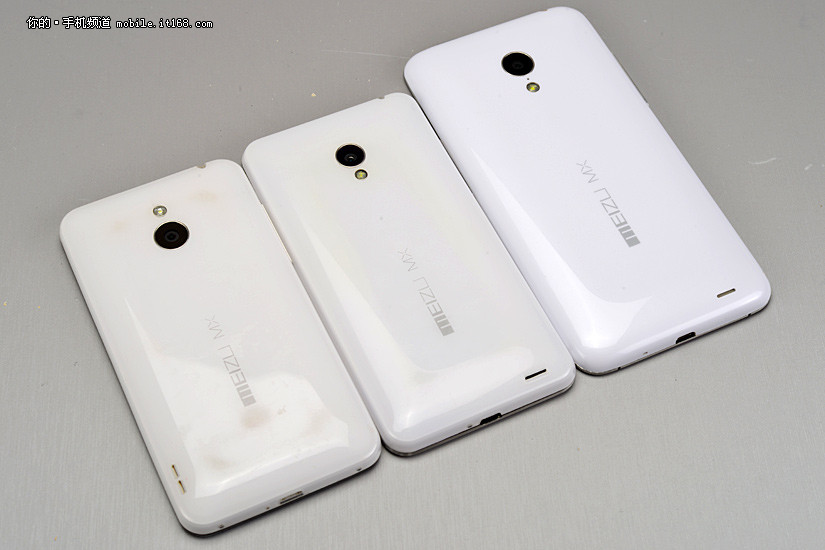
The Meizu MX was the first to use a dual-layer plastic design. The Meizu MX2 and Meizu MX3 followed suit.

You have to use a tool to open the rear covers of the Meizu MX, Meizu MX2, and Meizu MX3, but the battery is unchangeable.
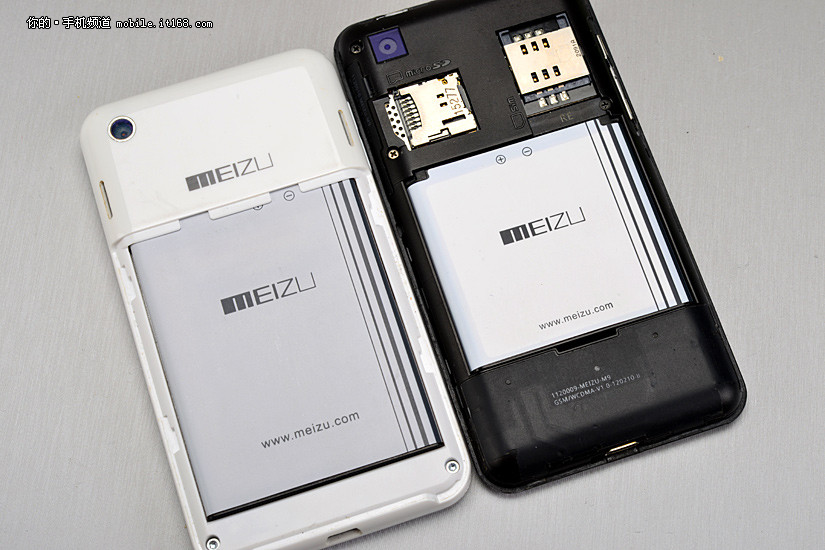
The batteries of the Meizu M8 and Meizu M9 are changeable. Apparently, unchangeable batteries were not yet in back then.

Even though you do not need a tool to open the Meizu MX4’s rear cover, the battery is still unchangeable.

The Meizu M8, Meizu M9, and Meizu MX all used physical Home buttons. As you can see, the Home button kept getting smaller until it became a round physical button in the Meizu MX and eventually replaced with the small Home circle.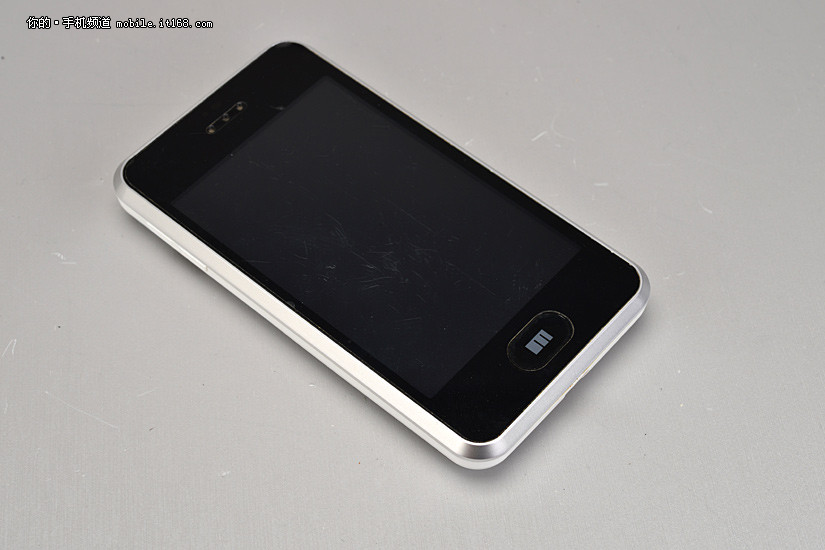
When the Meizu M8 was formally launched in 2008, it sported a 3.4-inch screen, used the Samsung 6410 chip, and ran on the Windows CE OS.

The Meizu M9 was launched in 2009 and was Meizu’s first Android phone. It had a 3.54-inch 960 x 540 screen and the Samsung S5PC110 CPU.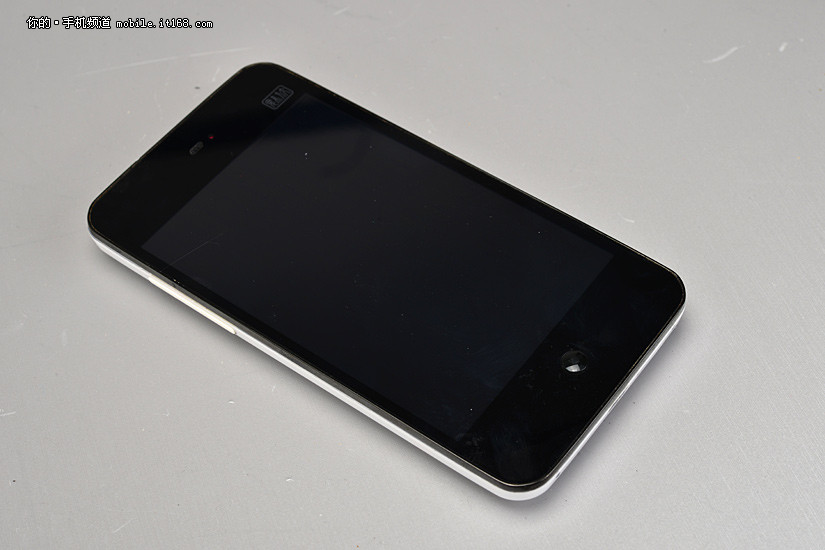
The Meizu MX was launched in 2010 and was the first to use a dual-core CPU from Samsung. It had a 4-inch screen with a 960 x 640 resolution and was the first to have a built-in battery. Four versions were released of this phone and it was also the first to use the Flyme OS.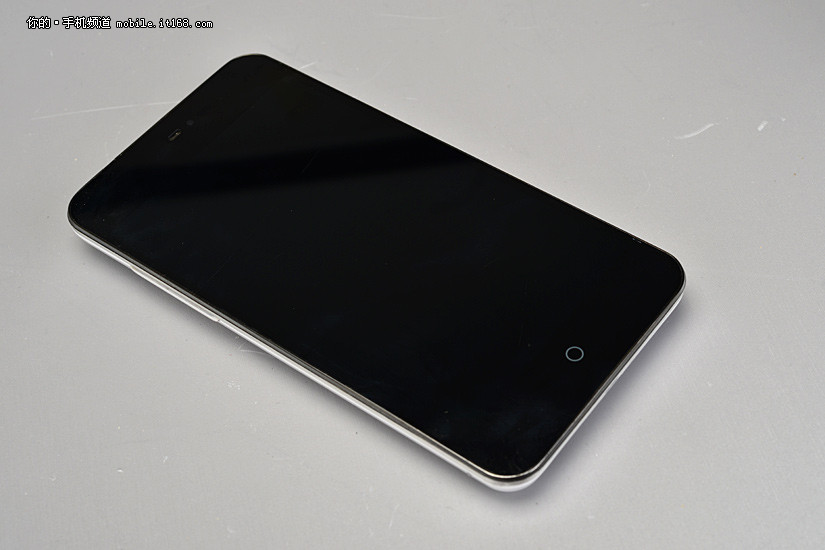
The Meizu MX2 was launched at the end of 2012 and had a 4.4-inch 1280 x 800 screen and a Samsung quad-core CPU. Its specs were pretty good and it was the first to not use a physical Home button, replacing it with the small circle. It also removed the menu and return buttons.
The Meizu MX3 looks very similar to the Meizu MX2 but it uses a 5.1-inch screen with a 1080 x 1800 resolution. At the same time, it also used the Samsung Exynos 5410 octa-core chipset.
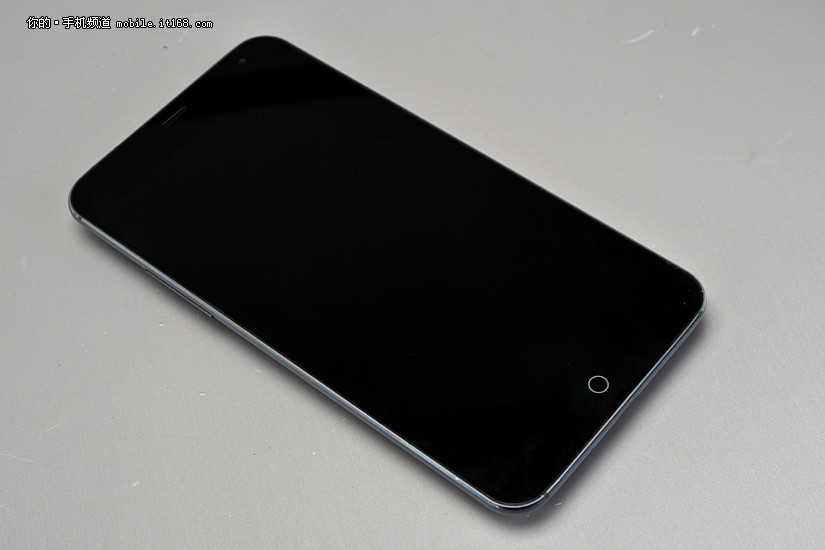
The Meizu MX4 is the latest in Meizu’s MX series. It is the first to stop using a CPU from Samsung, replacing it with the MTK MT6595 octa-core CPU, and sports a 5.36-inch screen. It’s also more affordable than its predecessors, costing 1799 RMB (292.92 USD).



